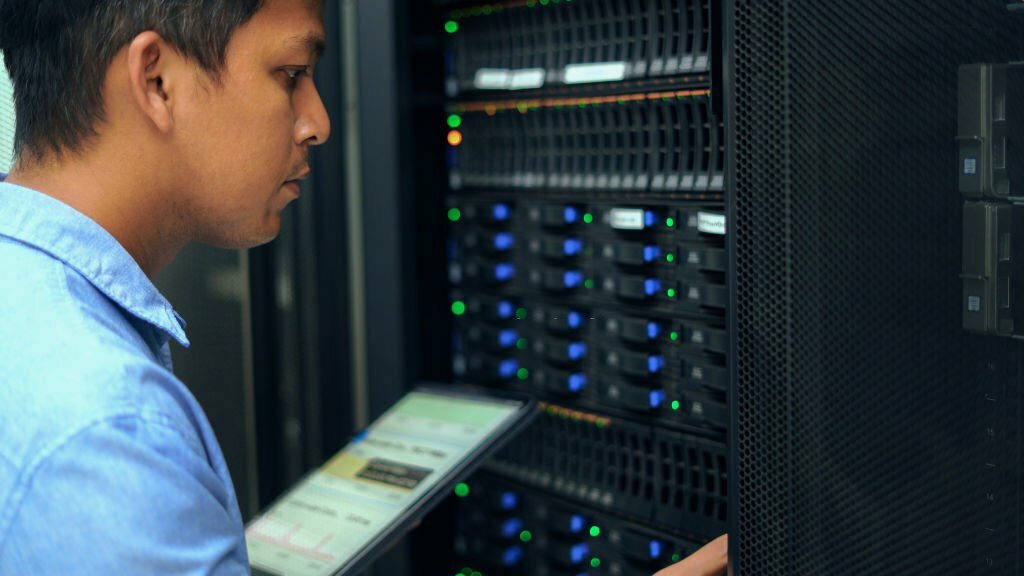Introduction:
In the rapidly evolving landscape of information technology, the security of network infrastructure stands as a paramount concern for organizations of all sizes. As cyber threats become more sophisticated, the integration of advanced security measures at the core of networks becomes imperative. This article explores the critical role of server-switch integration in bolstering network security, delving into advanced technologies and strategies that fortify the core of digital connectivity.
I. The Evolving Threat Landscape:
A. Sophisticated Cyber Threats:
The digital era has ushered in unprecedented connectivity, but it has also exposed networks to a myriad of sophisticated cyber threats. From ransomware attacks to data breaches, organizations face a constant barrage of challenges that demand robust security solutions. As the core components of network infrastructure, servers and switches play a pivotal role in fortifying defenses against these evolving threats.
B. The Need for Holistic Security:
Traditional security measures are no longer sufficient to combat the complexities of modern cyber threats. Holistic security strategies that encompass both hardware and software elements are essential. Integrating advanced security features directly into servers and switches forms a proactive line of defense, mitigating risks at the core of network operations.
II. Secure Server Configurations:
A. Access Control and Authentication:
One of the foundational elements of server security is robust access control and authentication mechanisms. Advanced servers should support multifactor authentication and granular access controls to ensure that only authorized personnel can access critical data and applications. This helps prevent unauthorized access, a common entry point for cyber attackers.
B. Encryption Protocols:
Securing data in transit is a fundamental aspect of network security. Advanced servers should support strong encryption protocols to safeguard sensitive information as it traverses the network. Implementing technologies like TLS (Transport Layer Security) and SSL (Secure Sockets Layer) ensures that data remains confidential and integral during transmission.
III. Switching to Security: Advanced Switch Features:
A. Intrusion Detection and Prevention:
Modern switches go beyond basic packet forwarding; they incorporate advanced intrusion detection and prevention systems. These systems analyze network traffic in real-time, identifying and thwarting potential threats before they can infiltrate the network. Integrating switches with these capabilities adds an extra layer of defense at the network’s core.
B. VLAN Segmentation:
Virtual Local Area Network (VLAN) segmentation is an effective strategy for isolating network segments and controlling traffic flow. Advanced switches support VLANs, enabling organizations to segment their networks based on departments or functions. This not only enhances security by containing potential breaches but also optimizes network performance.
IV. Network Monitoring and Response:
A. Security Information and Event Management (SIEM):
Implementing Security Information and Event Management systems allows organizations to proactively monitor and respond to security incidents. By integrating servers and switches with SIEM solutions, administrators gain real-time insights into network activities, enabling swift response to potential security threats.
B. Automated Response Mechanisms:
Automation is a key component of modern security strategies. Advanced server-switch integration facilitates the implementation of automated response mechanisms. For example, in the event of a detected intrusion, the network can automatically isolate affected segments, minimizing the impact and preventing further spread of the threat.
V. Future-Proofing Security:
A. Regular Updates and Patch Management:
The dynamic nature of cyber threats requires constant vigilance. Advanced servers and switches should support regular updates and patch management to address emerging vulnerabilities promptly. Ensuring that the network infrastructure remains up-to-date is crucial for staying ahead of potential security risks.
B. Collaboration with Security Experts:
Network security is a collaborative effort that extends beyond in-house IT teams. Organizations should actively collaborate with security experts, vendors, and industry peers to stay informed about the latest threats and security best practices. Engaging in knowledge-sharing initiatives enhances the overall security posture of the network.
Conclusion:
Security at the core of network infrastructure is not a one-size-fits-all endeavor. It requires a multifaceted approach that integrates advanced security features into both servers and switches. By adopting a proactive stance against cyber threats, organizations can fortify their networks, safeguard sensitive data, and ensure the uninterrupted flow of digital operations. The integration of advanced security measures at the core lays the foundation for a resilient and secure network environment in the face of an ever-evolving threat landscape.









